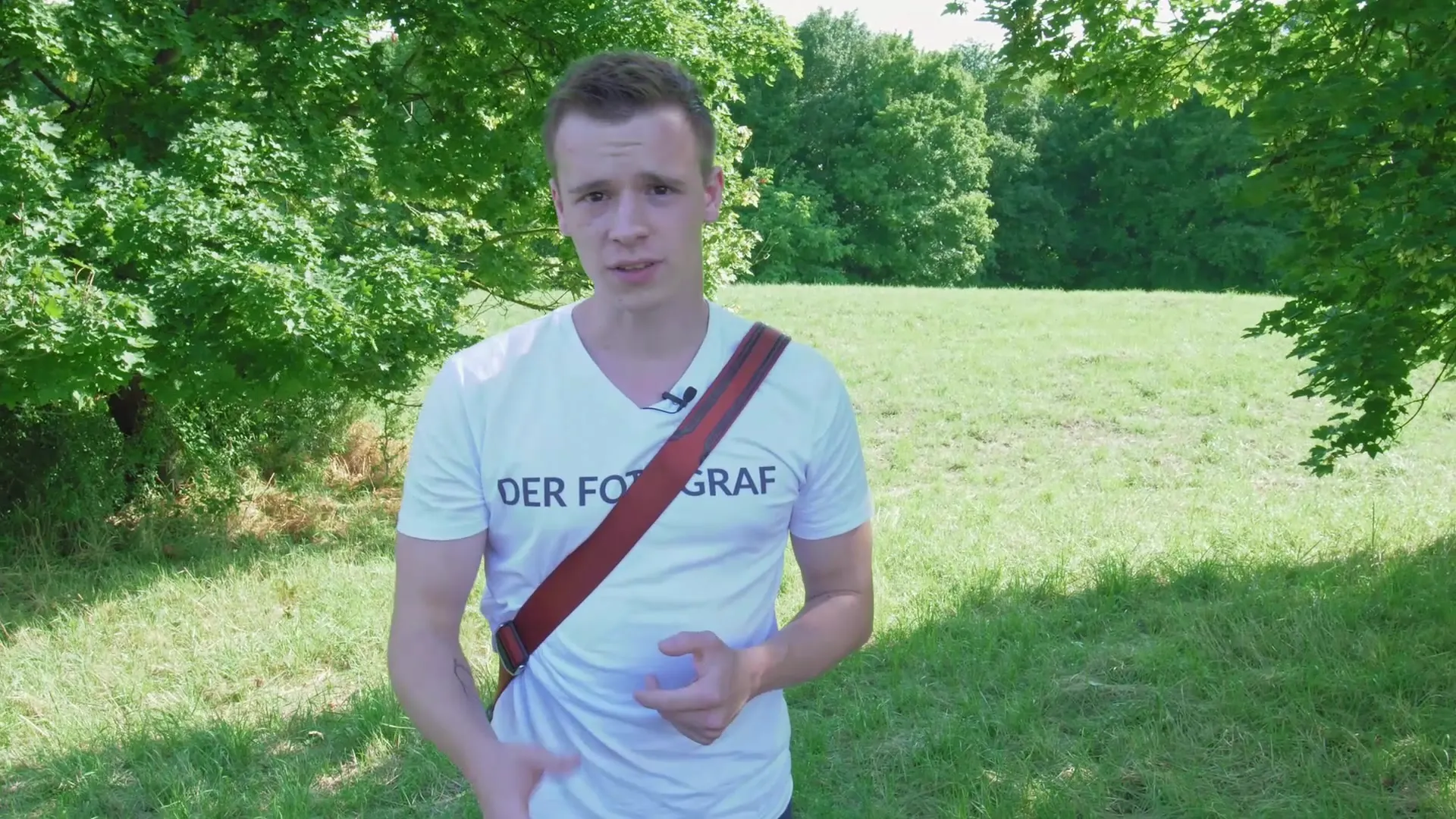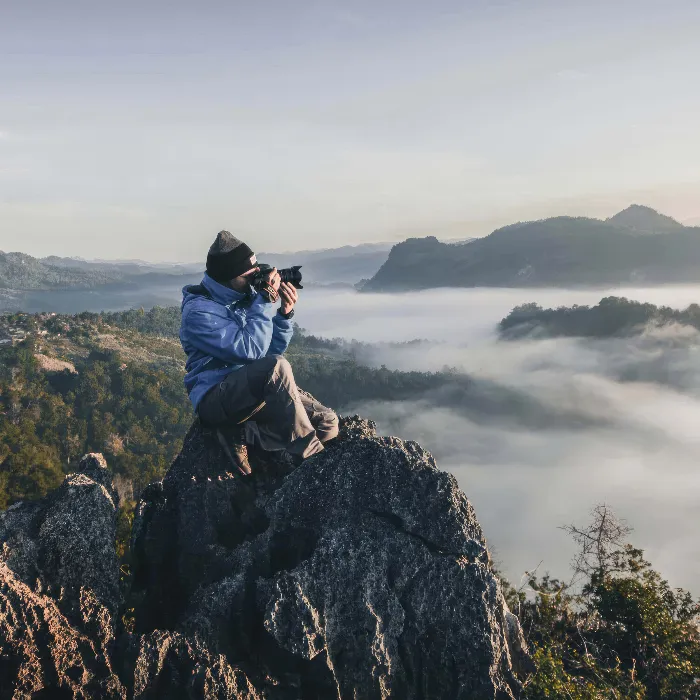The fascination with photography lies not only in creativity but also in mastering technical details. One of these essential details is autofocus. It is an indispensable tool that helps you capture your subjects sharply. In this guide, you will learn how autofocus works, what to keep in mind, and how to achieve the best results. Get ready to dive deeper into the world of autofocus!
Key Insights
- Autofocus measures the distance from the image sensor to the subject.
- Different lenses have different close and far focusing limits.
- Sharpness always spreads parallel to the image sensor, with an exception for tilt-shift lenses.
- Technical limits of the lens determine how close you can get to a subject without it becoming blurry.
Basic Understanding of Autofocus
Autofocus is not just a function that takes work off your hands; it is a complex system that requires accurate measurements and settings. The foundation of autofocus lies in your camera's ability to measure the distance between the image sensor and the subject.
You should pay attention to the fact that the distance your autofocus measures refers to the plane defined by the image sensor. This sensor is the heart of your camera, and precise focusing is crucial for image quality.

Technical Conditions and Lens Choice
The different lenses you have in your arsenal have specific sharpness settings. Pay special attention to the distance scale on your lens. It tells you how close you can focus. Consider which lens you are using and what maximum and minimum distances it allows.
Each lens has a minimum focus distance, which is often marked on the lens. In my case, the limit is 30 cm. If your subject is closer than this distance, the camera will struggle to focus, resulting in blurry images.
The Importance of Sharpness
An important aspect of autofocus is that sharpness spreads parallel to the image sensor. All objects located on this critical plane are sharp. Anything further back or forward will be sharp or blurry, depending on your focus.
Make sure that these settings are consistently checked while photographing. This ensures that you achieve the desired effects and can make optimal use of autofocus.
Practical Application and Tips
Now that you understand the basics of autofocus, you will learn the practical steps that will help you get the most out of this function. Implement what you've learned to optimize your photography skills. Additionally, you can benefit from the example shots that will help you work with autofocus immediately.
Summary - Understanding and Applying Autofocus: A Comprehensive Guide
Autofocus is an indispensable tool in photography that helps you create clear and sharp images. You have learned how autofocus works, what technical conditions to consider, and how to achieve optimal results in practice. Use your knowledge and continue to experiment to deepen your skills.
Frequently Asked Questions
How does autofocus work?Autofocus measures the distance between the image sensor and the subject to ensure a sharp image.
Can I focus manually as well?Yes, in certain situations, it is helpful to focus manually to achieve specific effects.
What happens if I focus closer than the minimum focus distance?If you focus closer than the minimum focus distance, you will not be able to focus on the subject – the image will be blurry.
How does sharpness spread?Sharpness spreads parallel to the image sensor, meaning that objects on this level appear sharp.
Where can I find the minimum focus distance of my lens?The minimum focus distance is usually printed on the lens itself and indicates how close you can focus.


